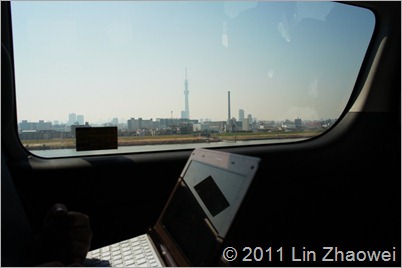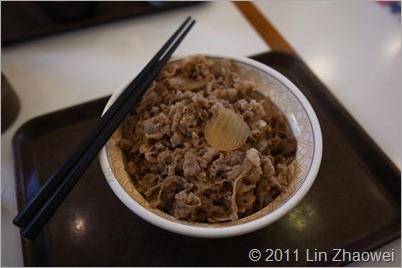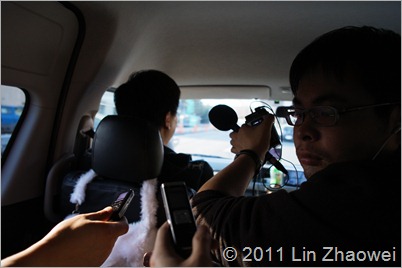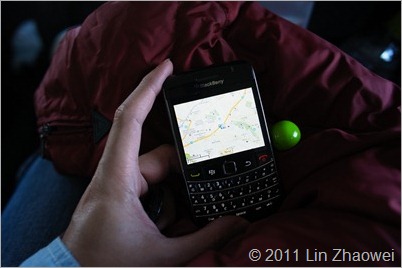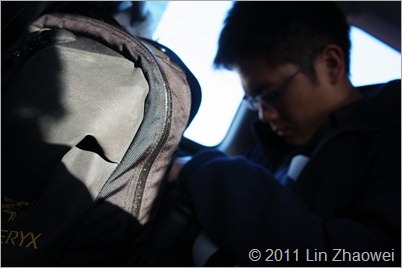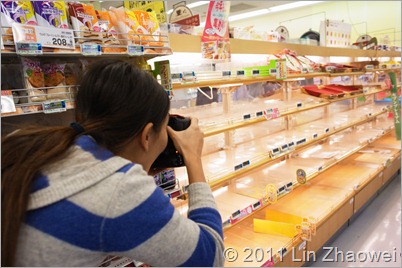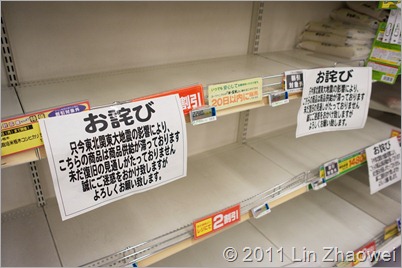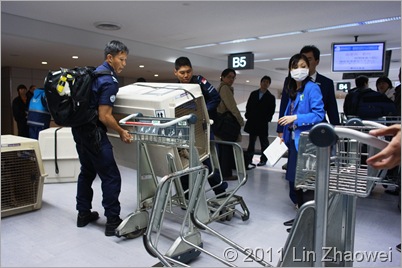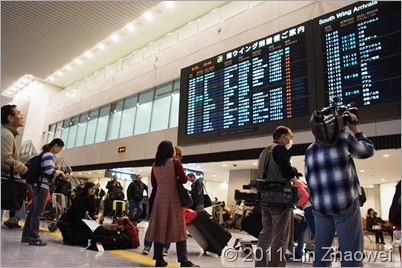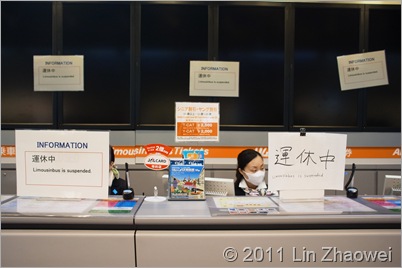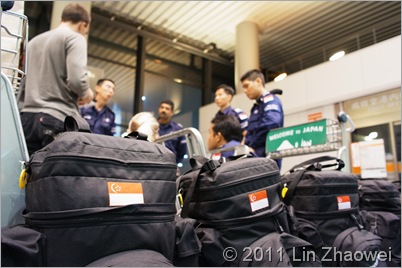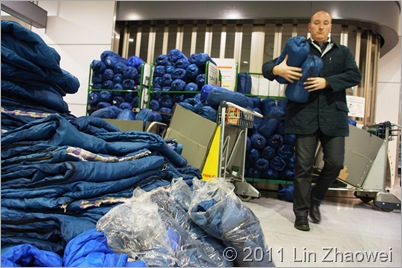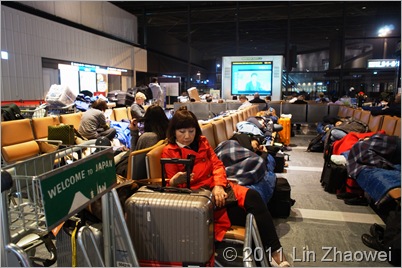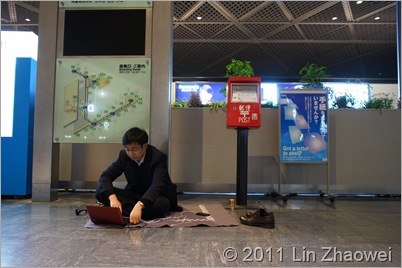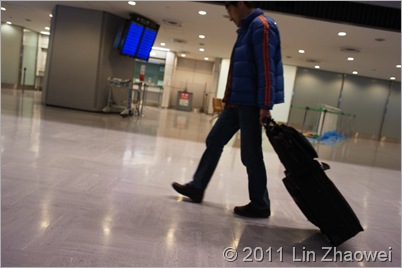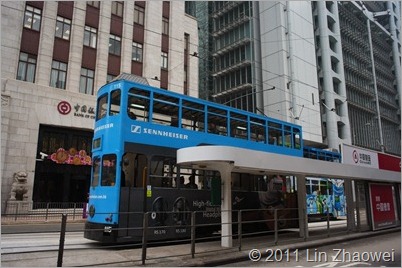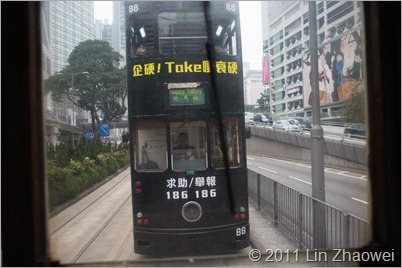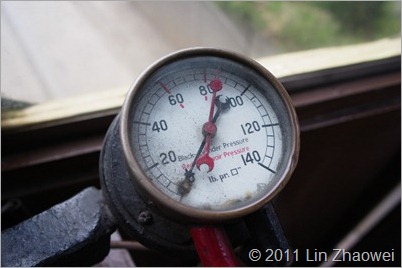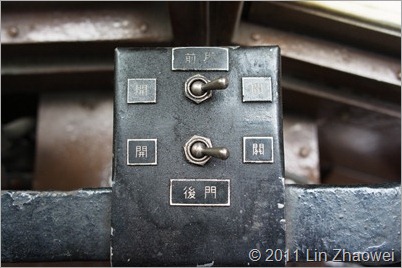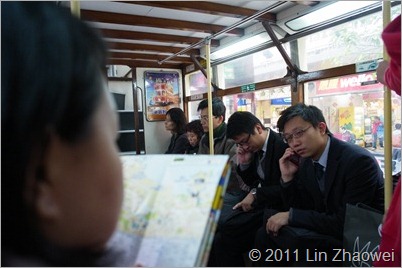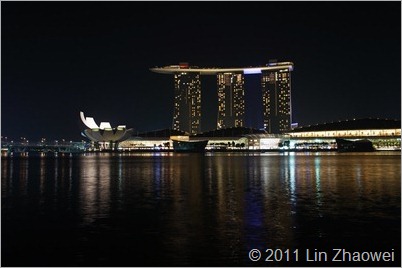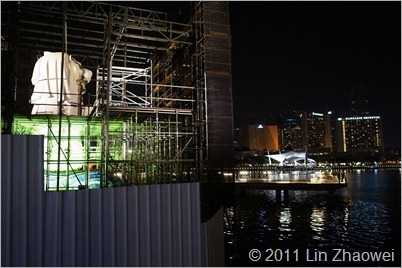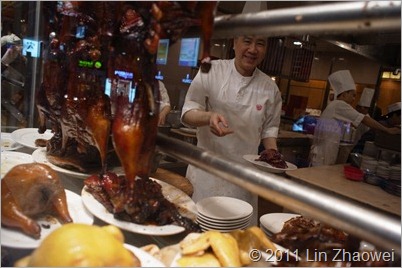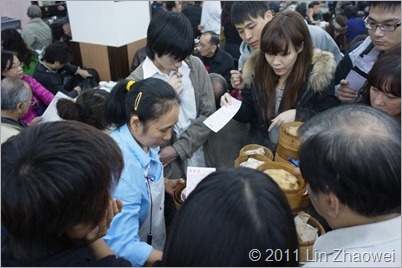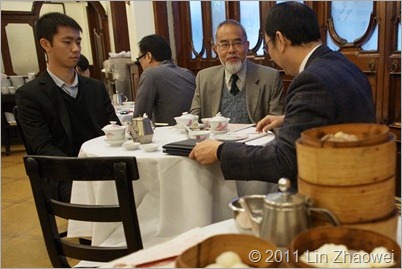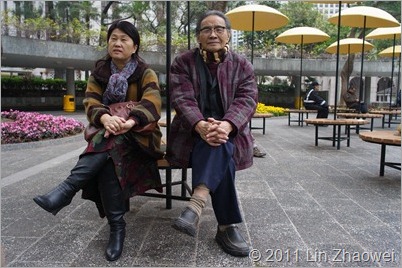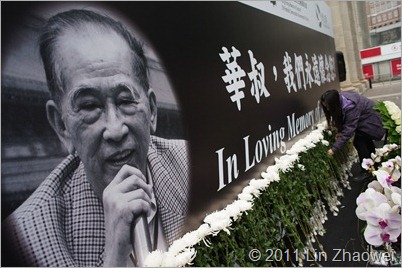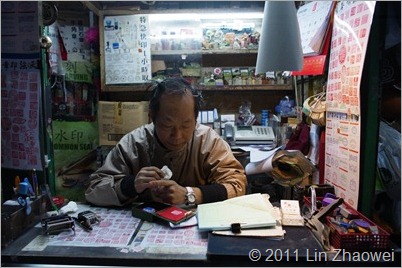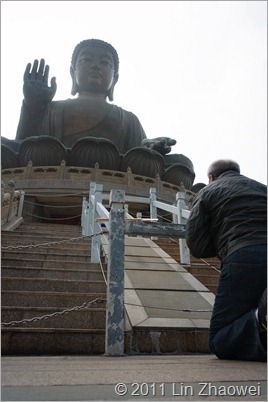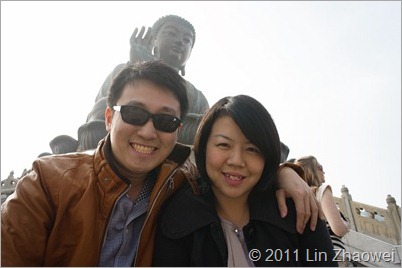As mentioned in the second post here, we reached the Sendai City Office close to 2am on March 14. There we stayed the night.
After updating my bosses back in Singapore about the situation, I went about the corridors of the relief centre to see what the locals there were doing. Too much pent-up energy, from sitting in the van almost the whole day.
Only the 2nd, 6th and 8th floors were open to refugees. Most people were sleeping, but many others were just sitting around and chatting, or entertaining themselves on their mobile phones.
There was the queer teenager in a hoodie, who moved from room to room. He would sit down, use his phone for a while, got bored and move on to the next. There were the two young women, probably university students, who sat in a corner and chatted away merrily. There was the mother and her son, who sat quietly on chairs in one of the corridors.
It was actually quite cold in the corridors. Thankfully, the centre officials turned on the heaters in some of the rooms for refugees to sleep in.
After I had my fill of walking about the corridors, I had a change of clothes in a toilet – which stunk because it probably had not been cleaned for the past two days to conserve water – and brushed my teeth. Mildly refreshing.
I also noticed that the building was not totally free of damage. Some of the walls had deep cracks stretching from the ceiling to midway down the way. But I believe the building was structurally sound enough. After all, Japan is known for its quake-proof technology. Unfortunately this time, it was the Tsunami that did most of the damage, to the coastal communities.
Had to charge my phone before I turned in for the night. I would need it to communicate and possibly write my story the following day. So while waiting for the phone to finish charging, which took quite a while, I took the chance to read the latest reports from NHK, CNN and BBC. Also discussed a bit about where we can possibly go the next day with the Nanfang Daily reporter and another Chinese reporter from Caijin.
Got a bit hungry by about 4am, and opened a packet of Ritz biscuits (from Narita) to eat. There were too many pieces in the pack, so I offered it to the few people sitting awake along the corridor, including the mother and son. Some took it with thanks, while others politely declined.
Sometime after 4.30am, the Blackberry was fully charged. I packed my bags and squeezed into a small bit of available floor space in one of the rooms and turned in for the night. Unlike in Singapore when I often had insomnia, I drifted off to sleep almost immediately.
Next part here.
Part 1: It begun at Narita
Part 2: The long ride to Sendai
Part 4: A glimpse of the devastation
![R0015437[5] R0015437[5]](http://lh6.ggpht.com/_i-1SvZD8U3Q/TZSgqJhhTxI/AAAAAAAAAaQ/f55U6pdeb-4/R00154375_thumb.jpg?imgmax=800)
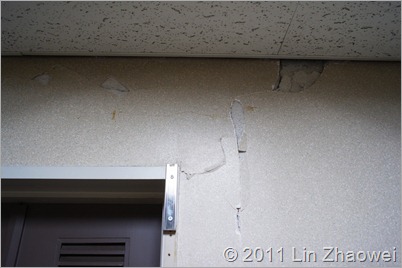
![R0015444[5] R0015444[5]](http://lh4.ggpht.com/_i-1SvZD8U3Q/TZSgtDkr6yI/AAAAAAAAAag/6VwnxOsoX-0/R00154445_thumb.jpg?imgmax=800)
![R0015446[5] R0015446[5]](http://lh4.ggpht.com/_i-1SvZD8U3Q/TZSguMwLqoI/AAAAAAAAAao/48fIy3hfvyA/R00154465_thumb.jpg?imgmax=800)
![R0015451[5] R0015451[5]](http://lh4.ggpht.com/_i-1SvZD8U3Q/TZSgvnUdofI/AAAAAAAAAaw/6YQAduF7xTA/R00154515_thumb.jpg?imgmax=800)
![R0015456[5] R0015456[5]](http://lh3.ggpht.com/_i-1SvZD8U3Q/TZSgxN4SxaI/AAAAAAAAAa4/PhYFTq_tgps/R00154565_thumb.jpg?imgmax=800)
![R0015458[5] R0015458[5]](http://lh6.ggpht.com/_i-1SvZD8U3Q/TZSgyerMEgI/AAAAAAAAAbA/RmTcHYm8uII/R00154585_thumb.jpg?imgmax=800)
